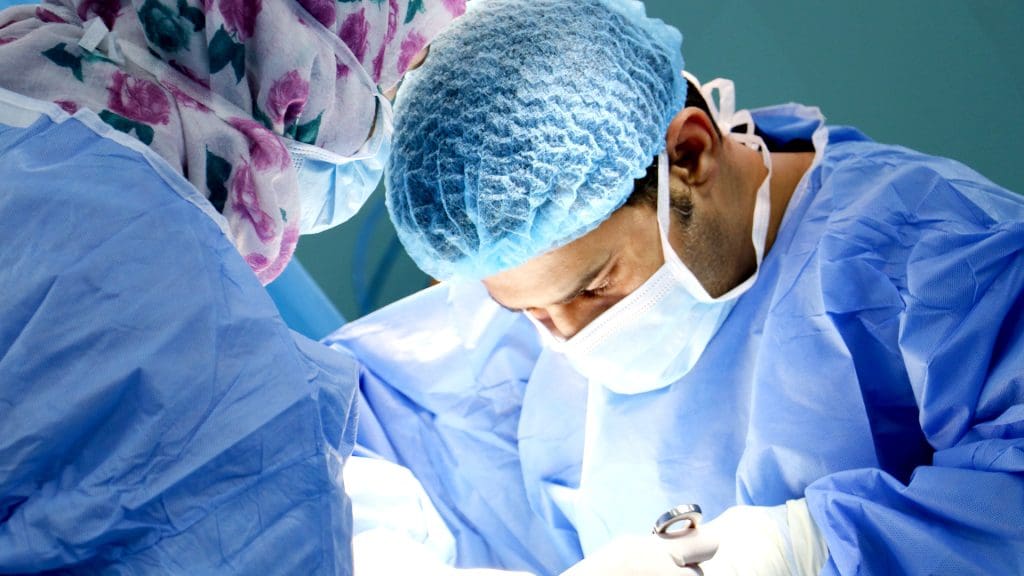Isthmocele
Isthmocele or C-section scar defect or Uterine Niche
An isthmocele is an indentation or discontinuation in the uterine wall that results in the location of a Cesarean section scar. Its causes aren’t completely understood, but it is thought to be related to incomplete or abnormal healing of the uterine incision. This scar defect weakens and thins out the uterine wall at its location.
Isthmoceles can be asymptomatic but may produce symptoms and complications such as:
- Postmenstrual spotting,
- Painful periods,
- Painful intercourse
- Chronic pelvic pain
- Possible infertility
- Risk of uterine rupture or placental adhesion during pregnancy

Diagnosis
A uterine isthmocele can be detected incidentally on ultrasound or purposefully looked for by the physician if a patient is symptomatic.
The most accurate way to diagnose an isthmocele is with a saline infusion sonohysterogram (SIS). During this procedure, your gynecologist will inject a small amount of sterile saline into the uterine cavity through the vagina and visualize the lining using an ultrasound.
MRI is also used for the diagnosis of isthmocele.
Treatment
There are several ways in which a uterine niche could be treated ranging from expectant management and pharmacological treatment to surgery. Surgery could be done through open, minimally invasive, hysteroscopic and vaginal approaches. Hysteroscopy and laparoscopy are the most common approaches and desire for future fertility plays an important role in choosing a treatment modality.
- Hysteroscopy: Your doctor would shave or cauterize the defect from the inside. This works best for women with abnormal bleeding, a thick wall and no desire for future pregnancy.
- Laparoscopic repair: Your gynecologist would completely remove the defect and reconstruct the wall of the uterus. This option allows for a healthy future pregnancy as it removes the frail part of the muscle.

